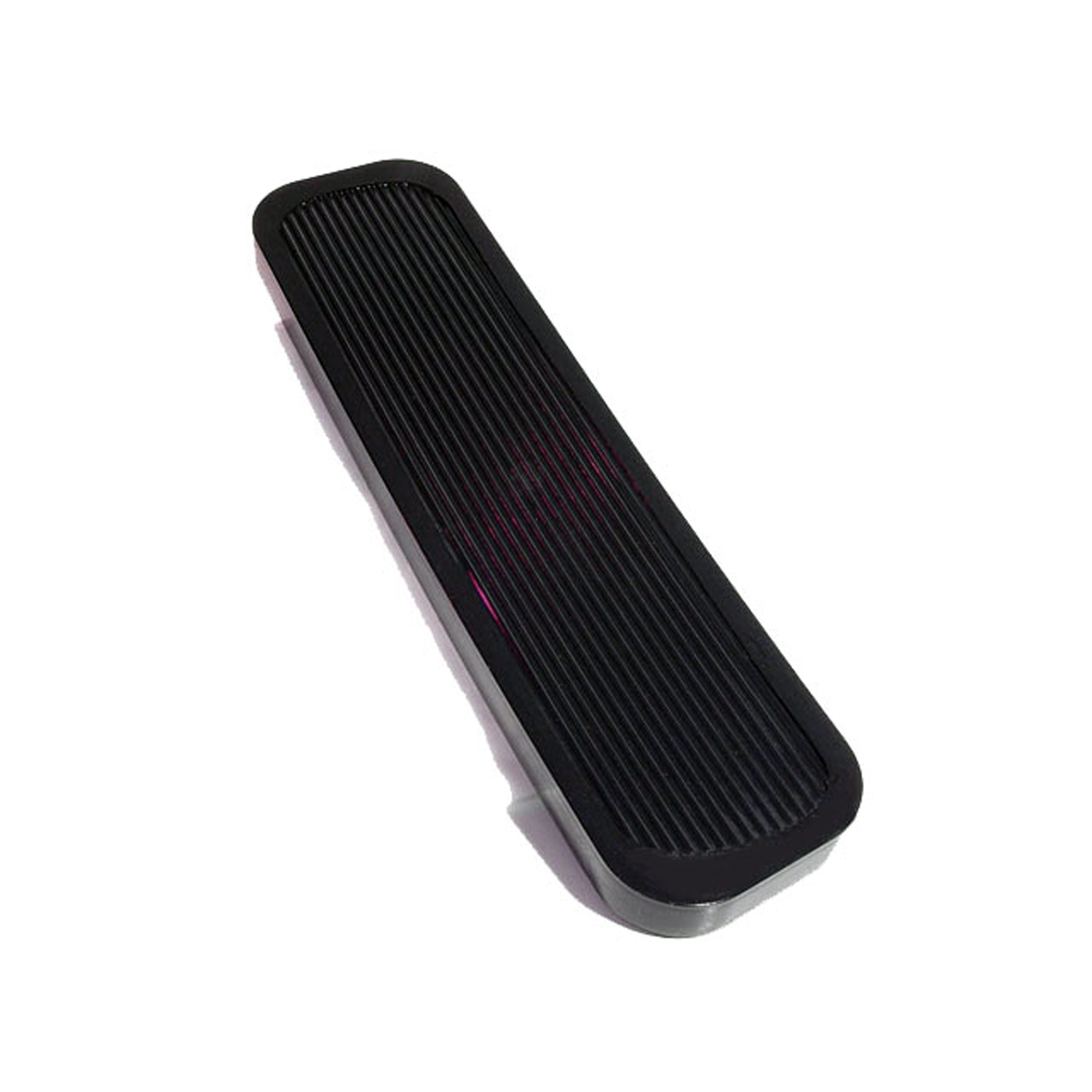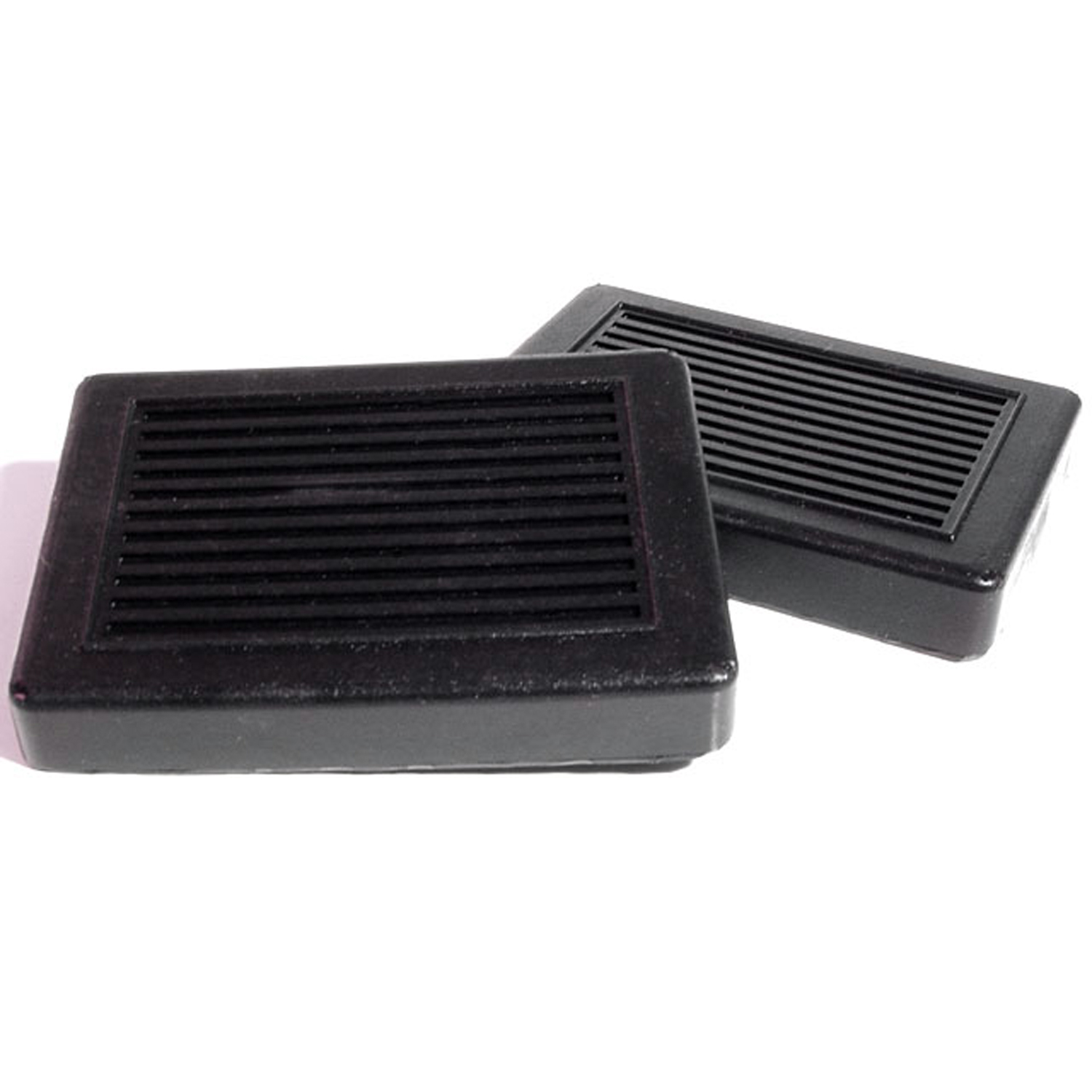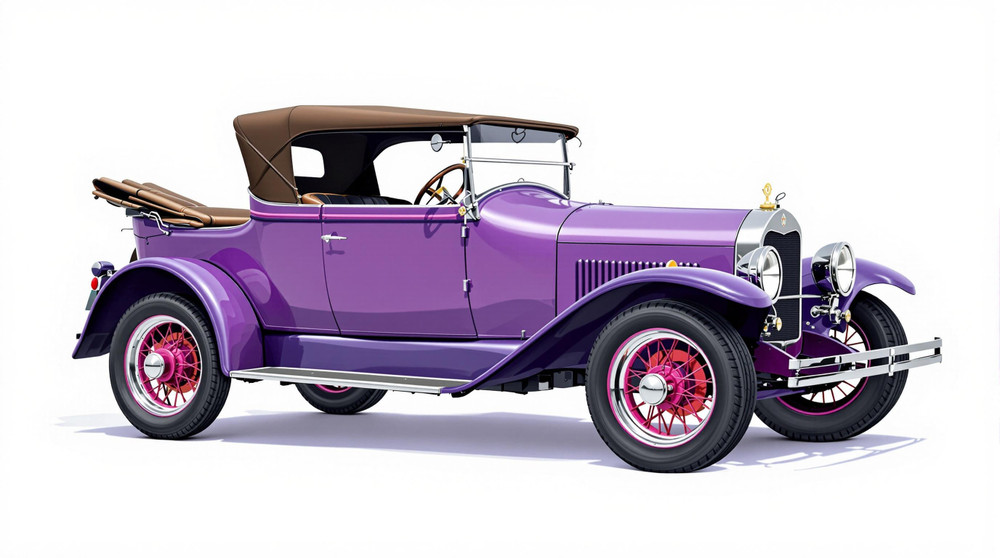Image of 1922 Auburn Model L, Note: These illustrations use artistic license and may differ from actual historical models.
Performance Metrics
Fundamental Metrics
Emotional Appeal
MMP Rating
| Engine Specifications | |
|---|---|
| Engine Options: | Inline 4-cylinder |
| Displacement Range: | 3.1L |
| Horsepower Range: | Estimated 40-50 HP |
| Torque: | Not available |
| Compression Ratio: | Not available |
| Ignition System: | Magneto ignition system |
| Cooling System: | Water-cooled |
| Performance Specifications | |
| 0-60 Time: | Not available |
| 1/4 Mile Time: | Not available |
| Top Speed: | 50 mph |
| Transmission and Drive | |
| Drive Type: | Rear-wheel drive |
| Transmission Type: | 3-speed manual |
| Fuel and Efficiency | |
| Fuel System Type: | Carburetor |
| MPG: | Not available |
| Dimensions and Brakes | |
| Brakes: | Mechanical drum brakes |
| Wheelbase: | 130 inches |
| Weight: | Estimated 2,500 lbs |
Note: Specifications for classic cars are given to the best of our ability, considering the limited and variant data available.
A Glimpse into the Roaring Twenties: The 1922 Auburn Model L
As the sun rose on the Roaring Twenties, a striking figure emerged on the automotive horizon: the 1922 Auburn Model L. This vintage masterpiece, crafted by the Auburn Automobile Company, was a testament to the era's innovation and elegance. Born in an age of rapid industrial growth and societal change, the Model L not only reflected its time but also set a benchmark for luxury automobiles.
Notably, the Auburn Model L was part of a lineage that saved its manufacturer from obscurity. In 1922, under new leadership, Auburn began to produce more refined and stylish vehicles. The Model L was among these early efforts to reinvigorate the brand and capture the market's attention with its blend of performance and luxury.
Design and Innovation: A Portrait of Elegance
The exterior of the 1922 Auburn Model L was a canvas showcasing the era's artistic transition from the ornate to the sleek. Its long, elegant hood and pronounced fenders gave it a dignified presence on any boulevard. The vehicle's interior was equally impressive, featuring high-quality materials that provided comfort and style to its discerning occupants. The craftsmanship spoke volumes about Auburn's commitment to luxury.
For its time, the Model L boasted technological advancements that were cutting-edge. Although color options were not as varied as in later decades, buyers could still choose from an array of classic hues that complemented the car's sophisticated lines. Among these, rich blues and deep blacks were particularly popular.
The Auburn Model L came in several body styles, including roadsters, sedans, and touring versions. The touring body style resonated with customers for its blend of practicality and panache—perfect for spirited drives through burgeoning American landscapes.
Historical Significance: A Legacy Cast in Chrome
The Auburn Model L's impact on automotive design was profound. It introduced a level of luxury that would become a benchmark for American cars in the following decades. Its influence extended beyond mere aesthetics; it helped shape consumer expectations for what a premium automobile should offer.
This car stood out among its contemporaries for its attention to detail and commitment to quality at a time when mass production was becoming the norm. Its legacy is visible in how it paved the way for future models that would bear the Auburn nameplate with pride.
Performance and Handling: A Symphony of Motion
The 1922 Auburn Model L wasn't just about looks; it delivered performance that could make modern enthusiasts nostalgic. While exact figures like top speed and acceleration are lost to time, historical accounts suggest that it offered competitive performance for its era.
The handling of this classic car was characteristic of its time—stately rather than sporty—with a ride quality that prioritized comfort over cornering prowess. Driving an Auburn Model L was about enjoying the journey as much as reaching the destination; it was an experience enhanced by the melodious hum of its engine and tactile feedback from its steering wheel.
Ownership Experience: More Than Just Transportation
The 1922 Auburn Model L served various roles—from daily transportation for affluent families to weekend leisure driving or even as a status symbol at auto shows. Maintenance required a dedicated owner willing to preserve such craftsmanship; however, reliability was commendable for an automobile from this period.
Fun Facts: A Car with Stories to Tell
This classic has been linked with tales of grandeur—including ownership by celebrities of the era—and has made appearances in period films adding to its mystique. While not known for breaking speed records, it held records of another kind: prestige and price points during its heyday.
Collector's Information: A Treasure Beyond Price Tags
Today, estimating how many 1922 Auburn Model L cars were produced is challenging due to incomplete records; however, they are undoubtedly rare finds in any classic car collection. Their value can vary widely based on condition, provenance, and originality but expect figures well into six digits for well-preserved examples.
The market trends suggest an appreciation in value for such iconic pieces of automotive history—making them not just vehicles but investments in rolling art.
Conclusion: An Enduring Emblem of Automotive Heritage
The 1922 Auburn Model L stands as a monument to an ambitious era—a time capsule on wheels that captures both the spirit and ingenuity of early twentieth-century America. Its significance lies not only in its design or performance but in its ability to transport us back to an age where every drive was an occasion and every car had a character.
1922 Auburn Model L Catalog of Parts
 1922 Auburn Model L Accessory Floor Mat - 12"X17"-AC 14Accessory Floor Mat - made of high quality black rubber with molded original emblem. Also designed to be sewn into new carpets. 12"X17", Each
1922 Auburn Model L Accessory Floor Mat - 12"X17"-AC 14Accessory Floor Mat - made of high quality black rubber with molded original emblem. Also designed to be sewn into new carpets. 12"X17", Each 1922 Auburn Model L Accelerator Pedal Pad, 2-3/8" X 9-1/4", Each-AP 24Accelerator Pedal Pad, 2-3/8" X 9-1/4", Each
1922 Auburn Model L Accelerator Pedal Pad, 2-3/8" X 9-1/4", Each-AP 24Accelerator Pedal Pad, 2-3/8" X 9-1/4", Each 1922 Auburn Model L Clutch and Brake Pedal Pads. 3" wide X 3-7/8" long. Pair-CB 21Clutch and Brake Pedal Pads. 3" wide X 3-7/8" long. Pair
1922 Auburn Model L Clutch and Brake Pedal Pads. 3" wide X 3-7/8" long. Pair-CB 21Clutch and Brake Pedal Pads. 3" wide X 3-7/8" long. Pair 1922 Auburn Model L Hood Corners. Made of all rubber. No cut-away on back side-HC 27Hood Corners. Made of all rubber. No cut-away on back side. 7/8" X 1-1/4". Pair
1922 Auburn Model L Hood Corners. Made of all rubber. No cut-away on back side-HC 27Hood Corners. Made of all rubber. No cut-away on back side. 7/8" X 1-1/4". PairWhy Choose Metro?
For over 100 years, Metro Moulded Parts has been the pinnacle of quality in classic car restoration parts. Our commitment to precision and authenticity in every component ensures a perfect fit and an OEM-level appearance.
- Expert Craftsmanship & Quality: Each part is a testament to our dedication to reliability and perfection, crafted from original designs and thoroughly tested.
- Advanced Technology: We use cutting-edge techniques to create flawless, long-lasting parts that surpass others in performance.
- SuperSoft Sponge – The Ultimate Door Seal: Not only are our door seals 30% softer than competitors', but they're also guaranteed to never leak. They effectively reduce wind and road noise, enhancing your classic car's comfort and driving experience.
- Proudly American: Our parts are a product of American craftsmanship, made in the USA with a spirit of excellence and heritage.
- Unrivaled Warranty: We back our products with a 30-year industry-leading warranty, a testament to our confidence in their quality.
Join us in preserving the legacy of classic cars with parts that are crafted for perfection, not just made.

